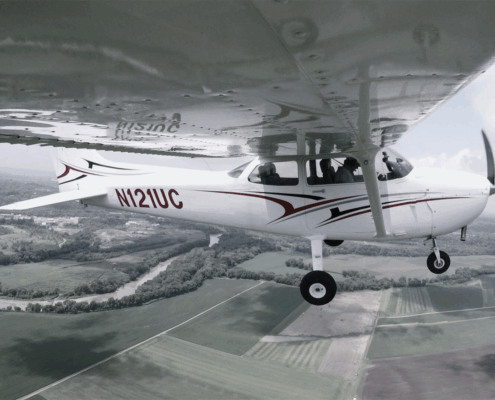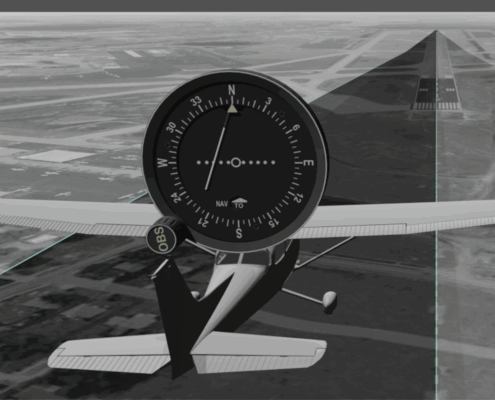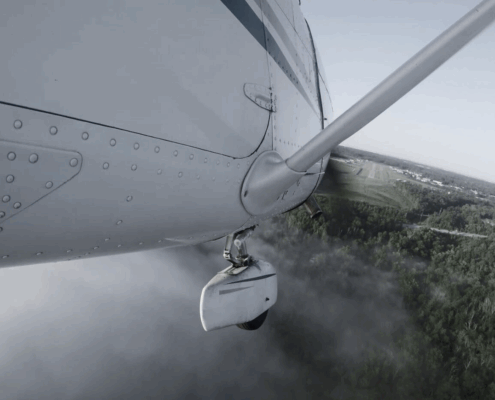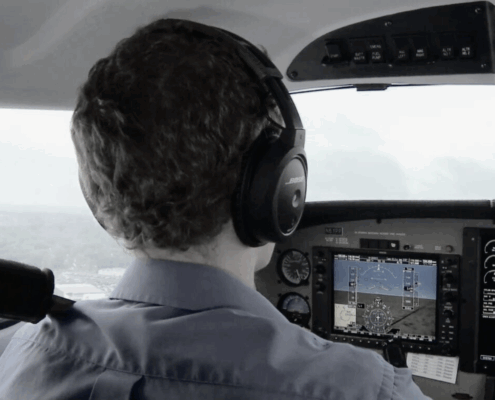
Welcome to IFR Focus: Sharpen Your Skills, Master the System
/
0 Comments
IFR Focus is a new destination dedicated entirely to the art and science of flying in the system. Whether you’re an experienced IFR pilot looking to stay sharp or a student climbing toward that checkride, you’ll find practical content here to help you fly safer, smoother, and smarter.

Mastering the Localizer (and Back Course)
Mastering back course approaches is an exercise in situational awareness and instrumentation discipline. Pilots who don’t understand reverse sensing can easily find themselves drifting further from the intended path while chasing a misleading CDI.

Why Real-World Missed Approaches Feel So Hard
Despite the of precision WAAS approaches, real-time weather apps, and dependable automation, the missed approach hasn’t gone away—it’s just become rarer and, for many pilots, more difficult. In that way, it's a maneuver that tests not just your stick and rudder skills, but your mindset. This article, based on a real-world go-around, shares six rules that can help you stay sharp and stay safe when the unexpected happens.

Instrument Maneuver Spotlight: Non-precision Approach
Unlike precision approaches that offer vertical guidance, nonprecision approaches require the pilot to manage descent rates and timing without the aid of a glide slope. This maneuver demands strong situational awareness, precise altitude control, and effective use of available navigation equipment—all essential skills for IFR proficiency.

The art of instrument approaches – 7 tips for proficient flying
Instrument training is demanding, but at its most basic the goal is quite simple: keep the wings level and the needles crossed. Do that a few times with an examiner and you can pass the checkride. But if your goal is to use your instrument rating for real (and do it safely), there's a lot more to consider.

Keeping One Step Ahead of ATC when flying IFR
The two most useful benefits have been ADS-B datalink weather and a real-time traffic display in the cockpit, delivered by the network of ADS-B ground stations in the U.S. These free services are available to pilots of all aircraft types (even drones) thanks to the widespread availability of inexpensive, portable ADS-B receivers and rapid developments in mobile app and panel-mount avionics technology.

Instrument Maneuver Spotlight: Approach Brief
Before every instrument approach, a well-executed brief is essential for staying ahead of the airplane and ensuring a safe, stable arrival. This month’s spotlight focuses on the Approach Brief, a concise but structured review of critical approach elements including navigation, altitudes, and missed approach procedures. This briefing sets the tone for precision and preparedness in IMC.

Practical IFR: “Cleared to Intercept?” A Common IFR Dilemma
You haven’t been cleared for the approach, but the needle is alive and time is short. Learn how to handle this tricky IFR moment without risking a violation—or a missed approach.

8 IFR SOPs That Could Save Your Life
Do you fly with SOPs? Standard operating procedures (SOPs) are commonly used in the corporate and airline flying world as a way of formalizing the do's and don'ts of a flight department and making sure every pilot follows the same procedures. I'm generally suspicious of SOPs in life, because they limit your ability to be flexible and react creatively to life's inevitable changes (we all like our freedom). But when it comes to IFR flying, I believe SOPs are a critical safety tool.

How to get an IFR clearance at a non-towered airport
Flying a light airplane offers access to thousands more airports than the airlines serve, which means you can land closer to your destination, avoid long taxi routes, and save time. For an instrument pilot, though, there is one key difference between a smaller, non-towered airport and a larger one with an air traffic control tower: obtaining an IFR clearance.

How to prepare for instrument checkride day
Communication is key to the examiner understanding your thought process and decision making. Checkrides have plenty of emotion and pressure that will hopefully allow you to excel. Don’t bring unnecessary pressure or emotion to the flight by overreaching or trying to do too much. Fly like you’ve trained and be the PIC.

